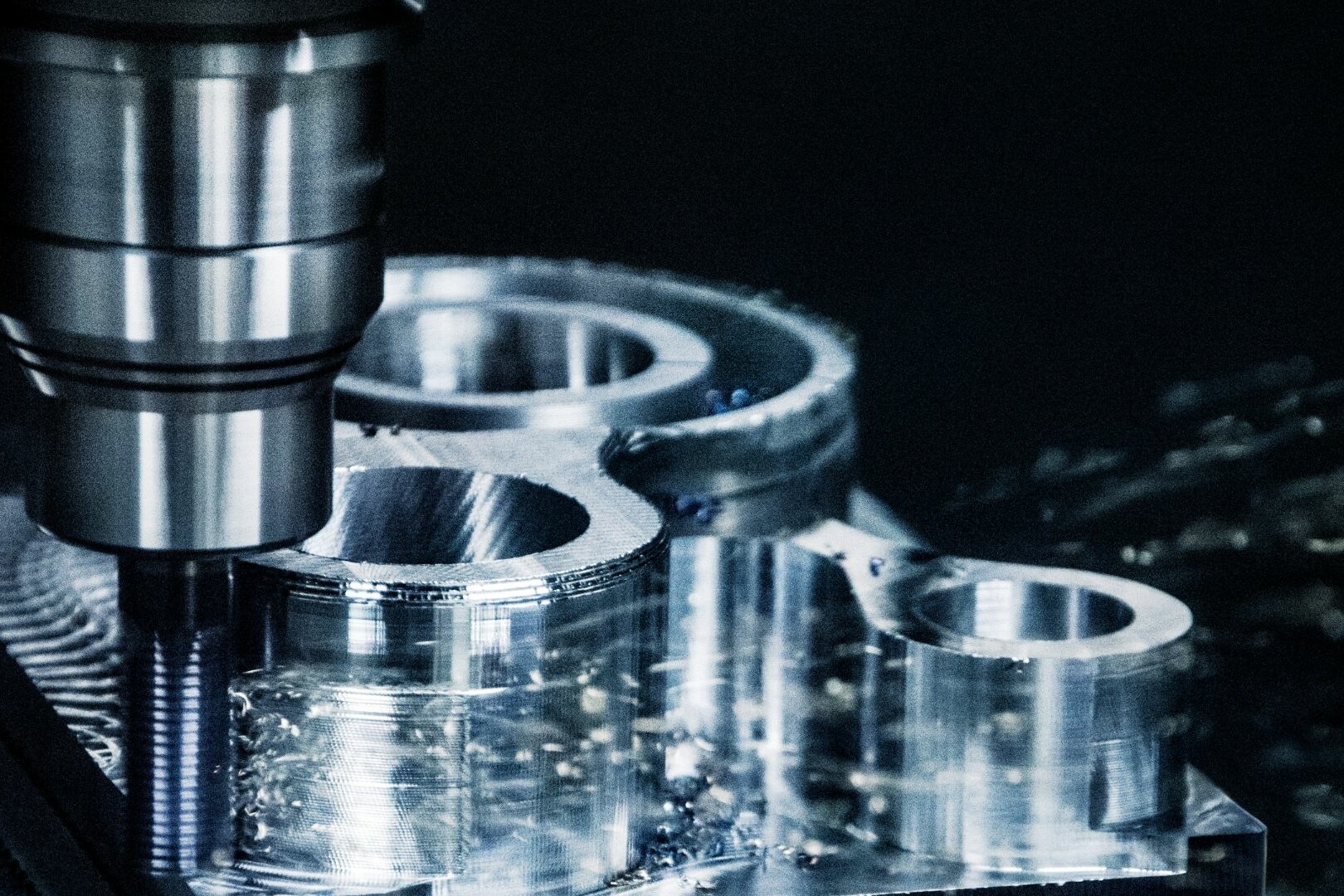Predictive maintenance (PdM) for oil and gas companies is to optimize asset performance, minimize downtime, and curb maintenance costs. Unlike reactive or preventive maintenance approaches, PdM relies on advanced data analytics and condition monitoring to forecast equipment failures proactively. By leveraging predictive maintenance techniques, oil and gas organizations can navigate the challenges of their dynamic operational environments with greater efficiency and reliability.
Benefits of Predictive Maintenance in Oil and Gas
In the demanding landscape of oil and gas operations, the advantages of predictive maintenance are manifold:
Reducing Unplanned Downtime and Maintenance Costs: Predictive maintenance empowers companies to anticipate potential equipment failures before they occur, enabling them to schedule maintenance activities during planned downtime. This proactive approach minimizes the risk of unexpected breakdowns, reducing both downtime and the associated repair costs.
Optimizing Maintenance Scheduling and Staffing: By accurately predicting equipment failures, oil and gas companies can optimize maintenance scheduling and allocate resources more efficiently. This ensures that maintenance activities are conducted when necessary, minimizing idle time and optimizing workforce utilization.
Improving Asset Reliability and Availability: Predictive maintenance enhances asset reliability and availability by identifying and addressing potential issues before they escalate into major failures. By keeping critical equipment operational, companies can minimize production disruptions and maximize uptime, thereby optimizing overall asset performance.
Extending Equipment Lifetime: Through proactive monitoring and timely intervention, predictive maintenance helps extend the operational lifespan of assets in the oil and gas industry. By addressing issues promptly, companies can reduce the frequency of equipment replacements and lower long-term capital expenditures.
Advanced Technologies Powering Predictive Maintenance
- Vibration Monitoring: Vibration analysis is a tool for assessing the condition of rotating machinery such as pumps, compressors, and turbines. By measuring vibrations and analyzing frequency spectra, operators can detect abnormalities indicative of impending equipment failure, such as imbalance, misalignment, or bearing defects.
- Thermography: Thermal imaging technology enables the detection of abnormal temperature patterns in equipment, signaling potential issues such as overheating, insulation degradation, or electrical faults. By identifying thermal anomalies early on, oil and gas companies can prevent equipment failures and enhance workplace safety.
- Ultrasonics: Ultrasonic testing involves the use of high-frequency sound waves to detect flaws and defects in equipment components such as pipelines, valves, and storage tanks. By capturing ultrasonic signals and analyzing their amplitude and frequency, operators can identify leaks, corrosion, and other integrity issues before they escalate.
- Oil Analysis: Oil analysis entails examining lubricant samples from equipment to assess their condition and detect signs of contamination, wear, or degradation. By monitoring key parameters such as viscosity, acidity, and particle concentration, operators can anticipate equipment failures and schedule maintenance proactively.
- Process Monitoring: Continuous monitoring of operating parameters such as pressure, temperature, flow rate, and chemical composition allows operators to detect deviations from normal operating conditions. By analyzing process data in real-time, companies can identify potential issues affecting equipment performance and take corrective action to prevent failures.
Implementing a Predictive Maintenance Program
To implement an effective predictive maintenance program in the oil and gas sector, organizations should follow a structured approach:
Assessing Current Maintenance Practices and Pain Points: Conduct a comprehensive evaluation of existing maintenance practices and identify areas for improvement, such as recurring equipment failures, high maintenance costs, or inefficient resource allocation.
Selecting Appropriate Predictive Technologies: Choose the most suitable predictive maintenance technologies based on equipment criticality, failure modes, and operational requirements. Consider factors such as cost-effectiveness, ease of implementation, and compatibility with existing systems.
Developing Workflows and Integration: Define standardized workflows and procedures for data collection, analysis, and decision-making within the predictive maintenance program. Integrate predictive maintenance software with computerized maintenance management systems (CMMS) or enterprise asset management (EAM) systems to streamline data exchange and workflow management.
Training Staff on Predictive Data Utilization: Provide comprehensive training and support to maintenance personnel and operators on how to collect, interpret, and act upon predictive maintenance data effectively. Empower them with the skills and knowledge needed to leverage data-driven insights for optimal equipment performance.
Continuous Program Optimization: Establish a culture of continuous improvement and optimization within the predictive maintenance program. Regularly review performance metrics, solicit feedback from stakeholders, and adjust strategies and workflows as needed to maximize the program’s effectiveness and value delivery.
Conclusion
Predictive maintenance is indispensable for oil and gas organizations seeking to optimize asset performance, minimize downtime, and reduce maintenance costs. By selecting the right technologies, developing robust workflows, and fostering a culture of continuous improvement, companies can unlock the full potential of predictive maintenance and stay ahead in today’s competitive market landscape.
Recommended Blog Posts
September 4, 2023
Powerful Signal Analysis Tools for Vibration Analysis
Predictive maintenance, crucial for machinery reliability, heavily relies on vibration analysis. Techniques like FFT…
September 4, 2023
Rotating Machinery Vibration Analysis
Vibration analysis is a critical tool in various industries like manufacturing, power generation, and transportation.…
December 28, 2022
Fault Diagnostic Technique Using Machine Mode Similarity Analysis
AI can diagnose machine faults with vibration data but machine mode similarity analysis is an alternative, it uses…
September 15, 2022
Understanding Rotating Machinery Data
Machine data is generated by physical attributes and actions of machines, collected by sensors and analyzed for…
August 6, 2021
Envelope Analysis
Bearings are critical elements in rotating machines, they support radial and axial loads, and reduce friction. Real…
May 6, 2021
What is Cepstral Analysis?
Cepstral Analysis, a tool used to detect periodicity in frequency spectrum, can be useful in gearbox fault detection in…
October 9, 2020
How is Fault Detection Performed?
Vibration measurements and analysis, using multiple parameters, can identify developing problems in machinery before…
September 21, 2020
Parameter Selections in Vibration Measurement
Vibration measurements are used to determine the response of machines to forces and identify potential issues. It is…
September 4, 2020
What is Vibration Analysis?
Vibration analysis can be used to discover problems in machines and predict when they might fail. It can significantly…
Discover Our Products
Sensemore Predictive Maintenance Solution
If you enjoyed this blog, explore our Predictive Maintenance Solution page.











